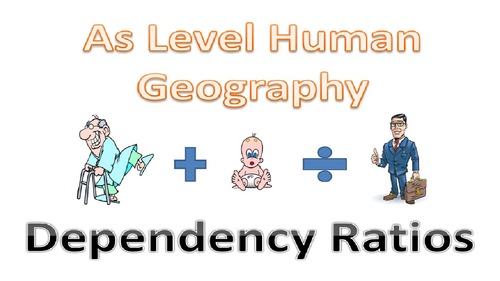The dependency ratio is a critical concept in AP Human Geography that helps analyze the relationship between the working-age population and those who are dependent on them, including children and the elderly. Understanding this ratio is essential for interpreting various demographic trends and their implications for society, economics, and policy-making. This article will explore the dependency ratio, its significance, and its application in human geography.
What is Dependency Ratio?
Definition and Calculation
The dependency ratio is defined as the ratio of the combined population of dependents—typically those aged 0-14 and those aged 65 and older—to the working-age population, generally classified as individuals aged 15-64. It is calculated using the following formula:
Dependency Ratio=(Population aged 0-14+Population aged 65 and olderPopulation aged 15-64)×100\text{Dependency Ratio} = \left( \frac{\text{Population aged 0-14} + \text{Population aged 65 and older}}{\text{Population aged 15-64}} \right) \times 100Dependency Ratio=(Population aged 15-64Population aged 0-14+Population aged 65 and older)×100
This calculation provides a percentage that indicates how many dependents there are for every 100 working-age individuals.
Types of Dependency Ratios
- Youth Dependency Ratio: This focuses solely on the population aged 0-14 in relation to the working-age population. It highlights the burden of supporting children in a society.
- Elderly Dependency Ratio: This ratio considers only those aged 65 and older against the working-age population, reflecting the challenges associated with an aging population.
Significance of Dependency Ratio
Economic Implications
The dependency ratio has significant economic implications. A high dependency ratio may indicate that a larger portion of the population is reliant on the working-age population for economic support, which can strain resources and services. For example, countries with high youth dependency ratios might face challenges in providing education and healthcare, while those with high elderly dependency ratios may struggle with pension and healthcare costs for retirees.
Social Services and Infrastructure
A changing dependency ratio can impact government policies related to social services, infrastructure, and public health. Policymakers must adapt to demographic changes by investing in education, healthcare, and housing. For instance, an increasing elderly population may necessitate expanded healthcare services and retirement programs.
Population Growth and Migration Patterns
The dependency ratio also influences population growth and migration patterns. Countries with high youth dependency ratios may experience higher rates of emigration as young adults seek opportunities elsewhere, potentially leading to labor shortages. Conversely, countries with a higher elderly population may attract younger migrants to support their labor needs.
Global Perspectives on Dependency Ratios
Developing vs. Developed Countries
Dependency ratios vary significantly between developing and developed countries. Developing countries often have higher youth dependency ratios due to higher birth rates, which can hinder economic development. In contrast, many developed nations face increasing elderly dependency ratios, raising concerns about sustainability and the economic burden on the working population.
Policy Responses
Countries around the world are addressing the challenges posed by their dependency ratios through various policy responses. These include encouraging higher birth rates through family-friendly policies, extending retirement ages, and promoting immigration to balance the workforce. Each strategy reflects a tailored approach to managing demographic changes.
Conclusion
Understanding the dependency ratio is essential for students of AP Human Geography, as it provides insights into the dynamics of population structure and its implications for society. By analyzing the relationship between dependents and the working-age population, we can better understand the economic, social, and political challenges that arise from demographic shifts. As global populations continue to evolve, the dependency ratio will remain a vital tool for understanding and addressing these changes.






+ There are no comments
Add yours